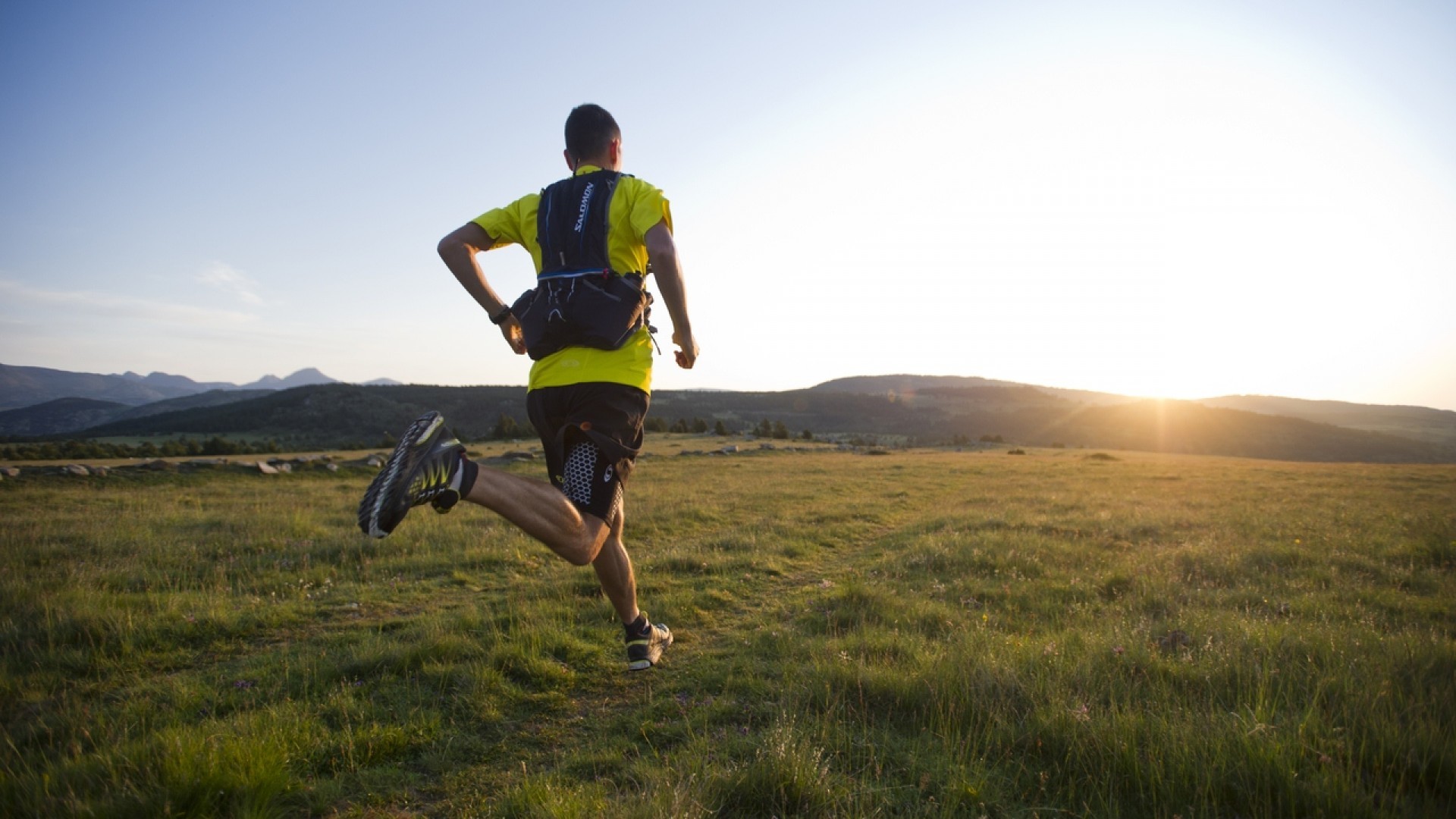Is riding the bike the same as running? Not quite. Both get your heart pumping and burn calories, but they’re different animals when it comes to how they work your body and what they offer.

The Numbers Don’t Lie
Running burns calories faster than cycling, period. Someone weighing 154 pounds will torch about 600-700 calories per hour running at a moderate 6 mph pace. Cycling at a similar moderate speed? You’re looking at maybe 400-500 calories in that same hour. That’s a big gap. To match one hour of running, you’d need to pedal for about 1.5 hours at a moderate pace or push harder for an hour at 15-19 mph.
There’s this general rule floating around – the 1:3 run-to-bike ratio. Basically, one mile of running equals three miles of cycling at the same effort level. Makes sense when you think about it. Running forces your entire body weight to fight gravity with every step, while cycling lets the bike carry most of that load.
Your Joints Will Thank You
Here’s where cycling wins hands down. Running beats up your knees, ankles, and hips because it’s high-impact. Every stride sends shock waves through your joints. Cycling? It’s gentle. The bike supports your weight, so your joints don’t take that constant pounding. This means you can ride longer without feeling wrecked the next day.
People with joint issues or anyone recovering from injuries often stick with cycling for this exact reason. You can exercise longer, burn more total calories over time, and avoid that hobbling-down-stairs feeling the day after a long run.
Different Muscles, Different Game
Running engages more muscle groups overall, especially your core. It’s a full-body workout that builds bone density because of that weight-bearing nature. Your bones actually get stronger from the impact stress. Cycling doesn’t offer that same bone-building benefit since it’s non-weight-bearing.
But cycling builds serious leg muscle, maybe even more than running. Your quads, hamstrings, and calves work hard to push those pedals, especially on hills or during high-resistance rides. Running keeps muscle lean and toned, but cycling bulks them up more.
What About Your Heart?
Both are excellent for cardiovascular health. Running gives you a more intense heart workout in less time because it spikes your heart rate quickly and keeps it elevated. Cycling works too, just at a steadier, more sustainable pace for longer durations. A study in the Journal of the American Heart Association found both activities reduce cardiovascular disease risk similarly, though cyclists could exercise longer because of the lower impact.
The Bottom Line
So is riding the bike the same as running? No. They’re cousins, not twins. Running is more efficient for calorie burn and time-crunched workouts. Cycling is easier on your body and lets you go the distance without destroying your joints. If you want quick intensity and bone health, run. If you need sustainable cardio that won’t leave you limping, bike. Or honestly, do both and get the best of everything.

Frequently Asked Questions
Q: Is riding a bike the same as running?
A: No, riding a bike is not the same as running. Both are cardiovascular exercises, but running burns more calories per minute (600-700 per hour) compared to cycling (400-500 per hour at moderate speeds). Running is high-impact and works more muscle groups, while cycling is low-impact and gentler on joints.
Q: How many miles of cycling equals one mile of running?
A: Generally, three miles of cycling equals one mile of running at similar effort levels. This 1:3 ratio means you’d need to bike approximately 1.5 hours at moderate pace to match the calorie burn of one hour of running.
Q: Which is better for weight loss, cycling or running?
A: Running typically burns more calories minute-per-minute, making it more efficient for weight loss. However, because cycling is easier on joints, you can often exercise longer, potentially burning more total calories over time. The best choice depends on which activity you can sustain consistently.
Q: Is cycling better than running for bad knees?
A: Yes, cycling is significantly better for bad knees and joint issues. It’s a low-impact exercise where the bike supports your body weight, reducing stress on knees, ankles, and hips. Running is high-impact and can aggravate existing joint problems.
Q: Does cycling build more muscle than running?
A: Yes, cycling builds more leg muscle mass than running, particularly in the quads, hamstrings, and calves. The pedals provide resistance that promotes muscle growth. Running tones muscles and keeps them lean but doesn’t build significant bulk.
Q: Can cycling replace running for cardio?
A: Absolutely. Both activities provide excellent cardiovascular benefits and reduce heart disease risk. Cycling can be sustained longer due to its low-impact nature, making it an effective running substitute, especially for people with injuries or joint concerns.
Here are all the source links used in the article and FAQ:
-
https://www.healthline.com/health/fitness-exercise/cycling-vs-running
-
https://sportcoaching.com.au/how-many-kilometers-of-cycling-equals-running/
-
https://www.ramsayhealth.co.uk/blog/orthopaedics/cycling-vs-running
-
https://www.womenshealthmag.com/fitness/a26306128/cycling-vs-running/
- https://en.wikipedia.org/wiki/Running



